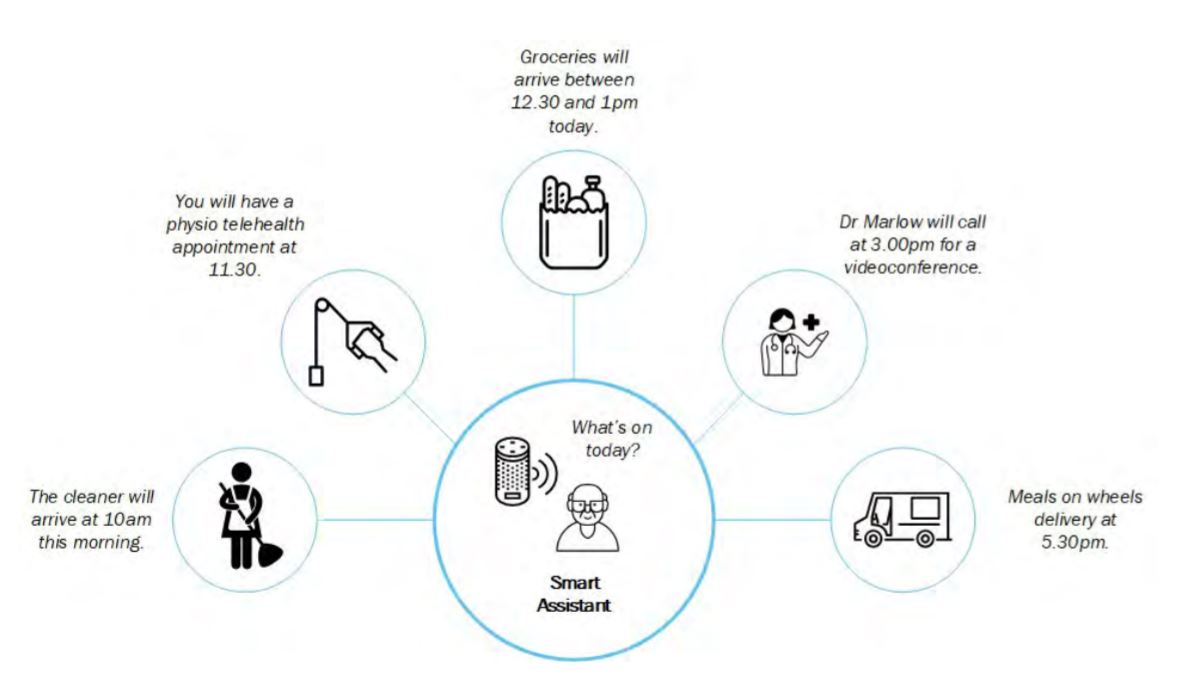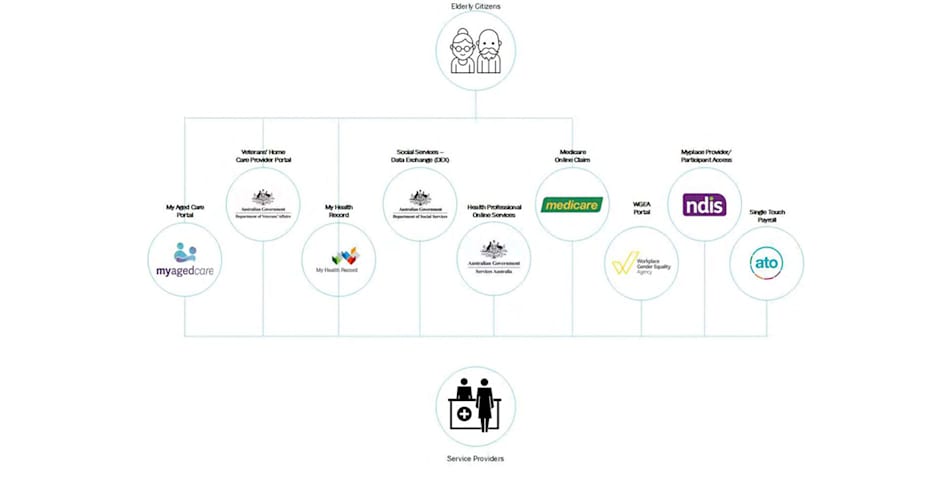Even with its formal hearings over, the Royal Commission is continuing to release research – and its latest report has found both the aged care sector and the Government’s current ICT capabilities are not up to scratch.
The 60-page report ‘ICT Strategy and Architecture Review’ was prepared by The Architecture Practice, founded in 2014 by Saurabh Anand to deliver fit-for-purpose solutions bridging the gap between Business and ICT.
Mr Anand had worked for various Federal Government departments as an enterprise architect before establishing the business.
His analysis for the Royal Commission says that the review engaged with aged care and healthcare providers, research organisations and Federal Government departments and agencies.
Five main causes for aged care IT deficiencies
The report identifies five main causes of “major deficiencies” in the aged care sector’s ICT systems – none of which should come as a surprise to those who have been following evidence to the Royal Commission over the past two years.
These include:
- Disconnected business processes;
- Lack of data collection and sharing;
- Poor interoperability;
- Obsolete technology; and
- A fundamental lack of standardisation.
“In summary, the current state can be described as a fragmented ecosystem containing legacy technologies that provide little or no integration which are cumbersome and provide poor user experience. The impact of technology deficiencies is further exacerbated by workforce skill gaps, specifically a lack of digital literacy,” he writes.
Mr Anand proposes a range of actions to remedy these issues, namely:
Establish an independent Aged Care Data Authority – this Authority would have a central role to transform the current data arrangements from historical analysis to real-time or near real-time acquisition for regulatory monitoring, policy appraisal and research.
Enhance My Health Record – this should include extending the use of My Health Record to include aged care information and enhancing the system to move from a documents-based capability to information-based capability to improve its uptake across the health and aged care sectors.
Improve interoperability between aged care providers, health care providers and the Australian Government – this would include identifying and setting data standards for the information that is captured in all aged care services, including eligibility assessments, plus enabling data sharing between aged care, health care providers and the Australian Government.
Enable key application changes – this would include redeveloping obsolete and/or end of life aged care entitlement calculation and payment systems that are managed by Services Australia as well as redesigning the My Aged Care website and Service Finder tool to ensure that they are fit-for-purpose for older Australians and aged care providers. This recommendation would also see aged care providers move from manual to automated reporting via online tools.
Improve IT infrastructure capabilities – the Government and aged care providers to adopt cloud capabilities for their IT solutions where needed as well as smart technology in the homes of aged care clients to help in the provision of care. Broadband internet and WiFi should be standard across facilities.
Improve digital skillset of the aged care workforce – digital literacy training to be a requirement for personal care worker registration or employment and include minimum proficiency in Government service interfaces including My Health Record, digital aged care provider care management and medicinal systems, and assistive technology, including smart home systems and mobile solutions.
 Assistive technology to be provided standard by residential and home care providers – the Government should fund providers to enable them to include assistive technologies and sensors as standard to monitor people’s health, support quality of life and measure time allocated by nursing and personal care workers on activities that go beyond functional needs. Providers would also be asked to invest in assistive technologies and home monitors to provide enhanced care.
Assistive technology to be provided standard by residential and home care providers – the Government should fund providers to enable them to include assistive technologies and sensors as standard to monitor people’s health, support quality of life and measure time allocated by nursing and personal care workers on activities that go beyond functional needs. Providers would also be asked to invest in assistive technologies and home monitors to provide enhanced care.
Provide Tele Aged Care capability – the Government and aged care providers should provide a flexible videoconferencing capability that enables doctors, specialists, and other health professionals to conduct remote consultation and communication with aged care recipients.
The Government’s data collecting and sharing arrangements have come in for particular criticism during the Royal Commission, with the Counsel Assisting concluding in the final hearing that the sector still “remains in the Dark Ages”.
These changes would clearly assist with bringing the aged care system into this century.
Will they find a place in the Royal Commissioner’s final recommendations?










